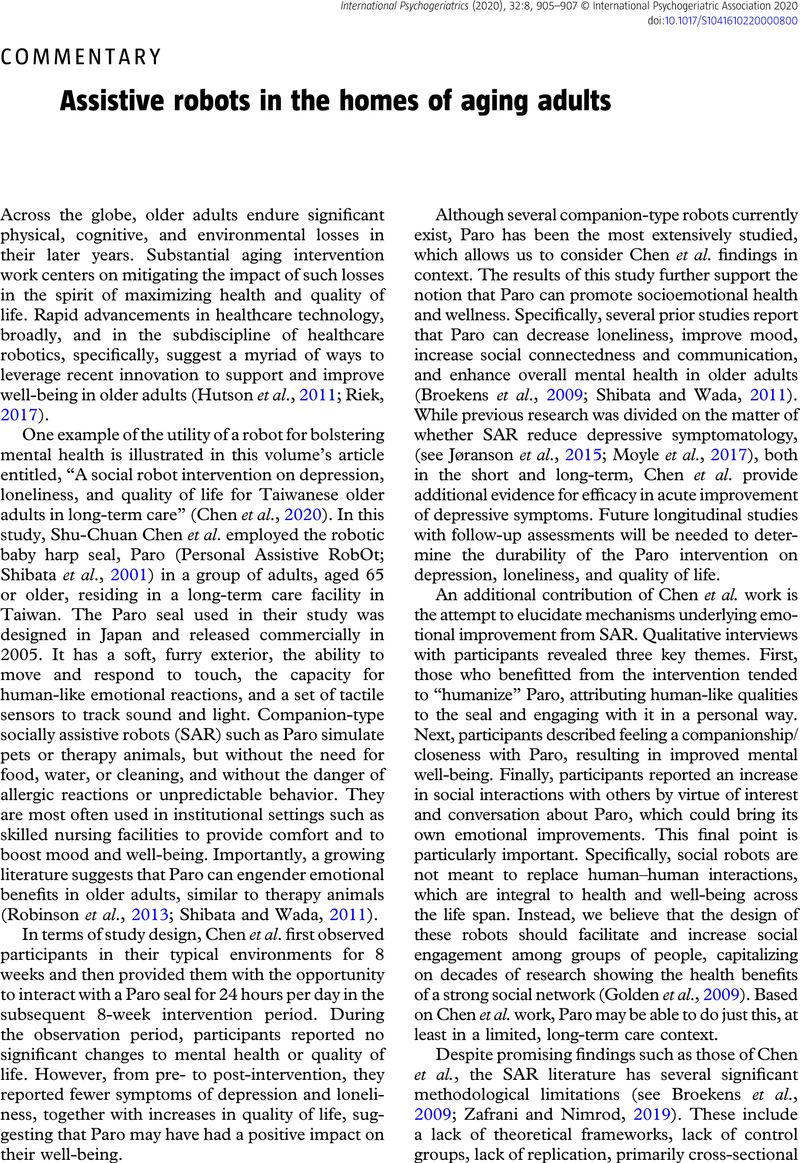Crossref Citations
This article has been cited by the following publications. This list is generated based on data provided by Crossref.
Arieli, Rotem
Faulhaber, Manuela E.
and
Bishop, Alex J.
2023.
(Re)designing the Continuum of Care for Older Adults.
p.
3.





